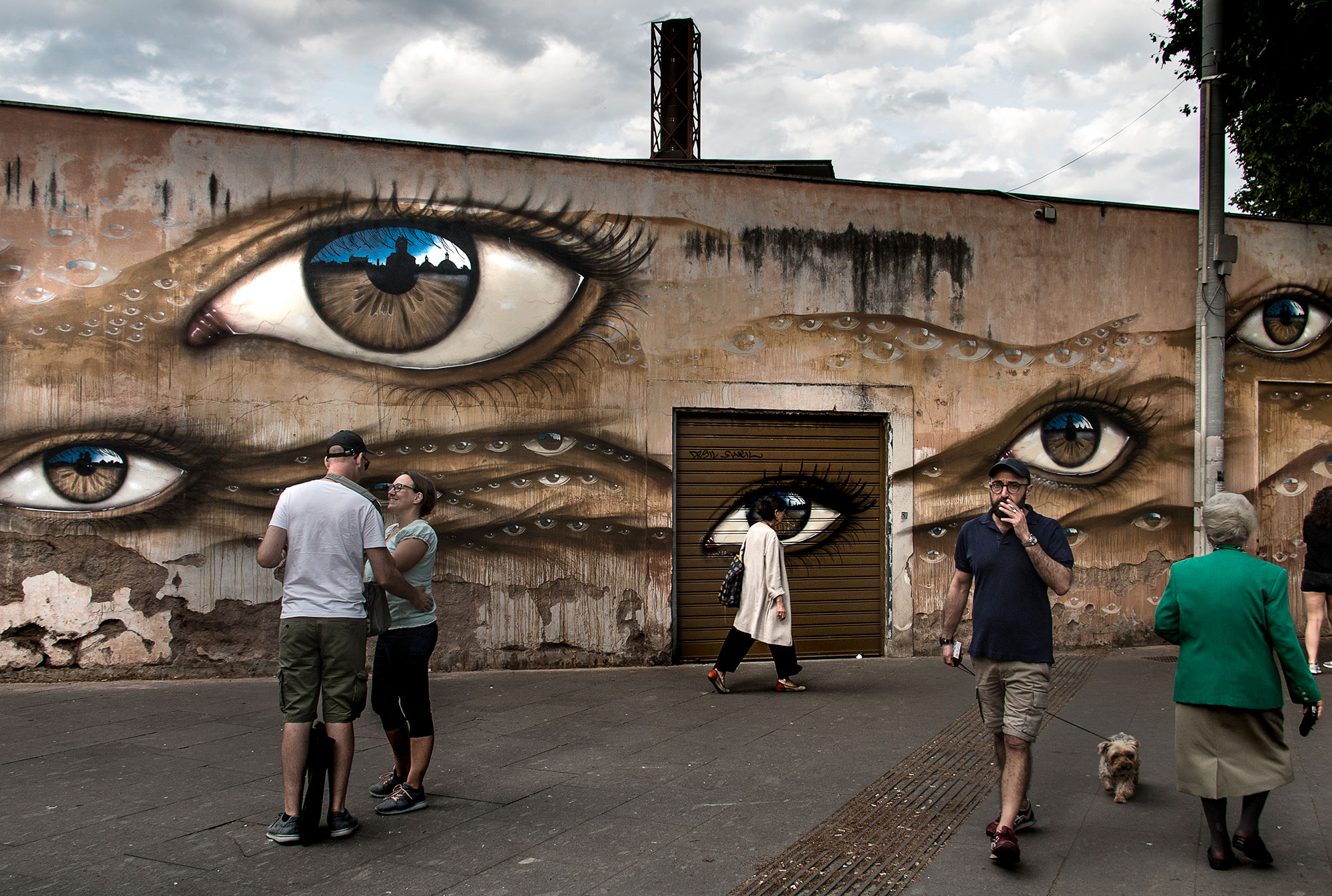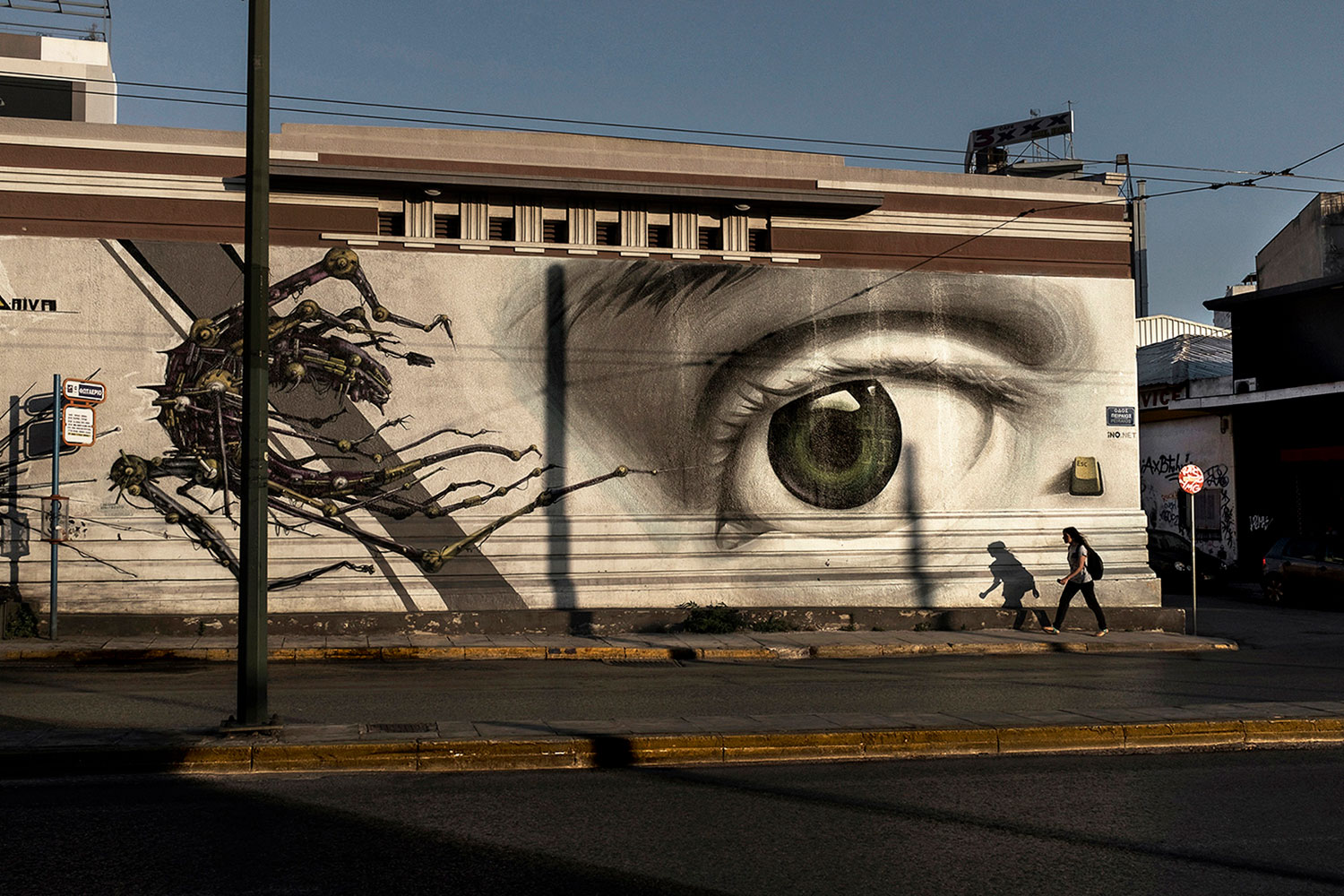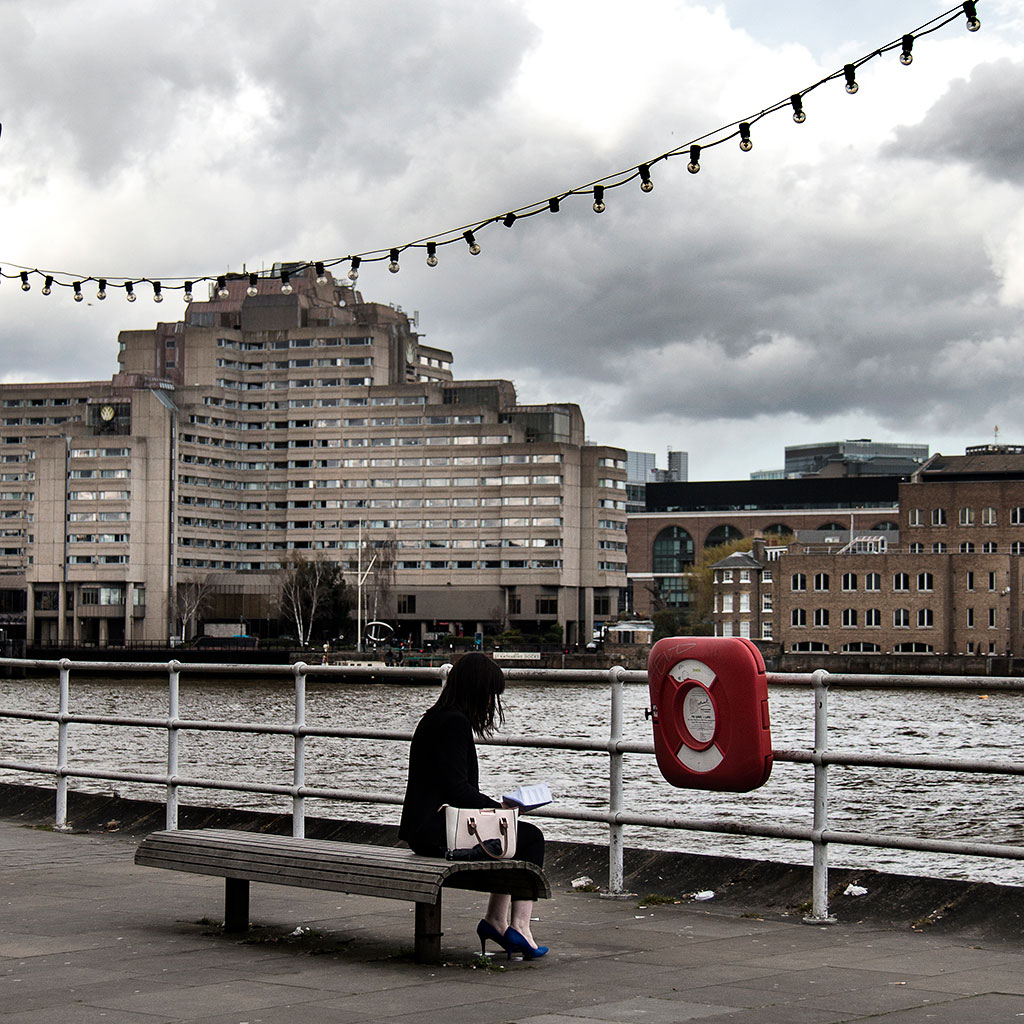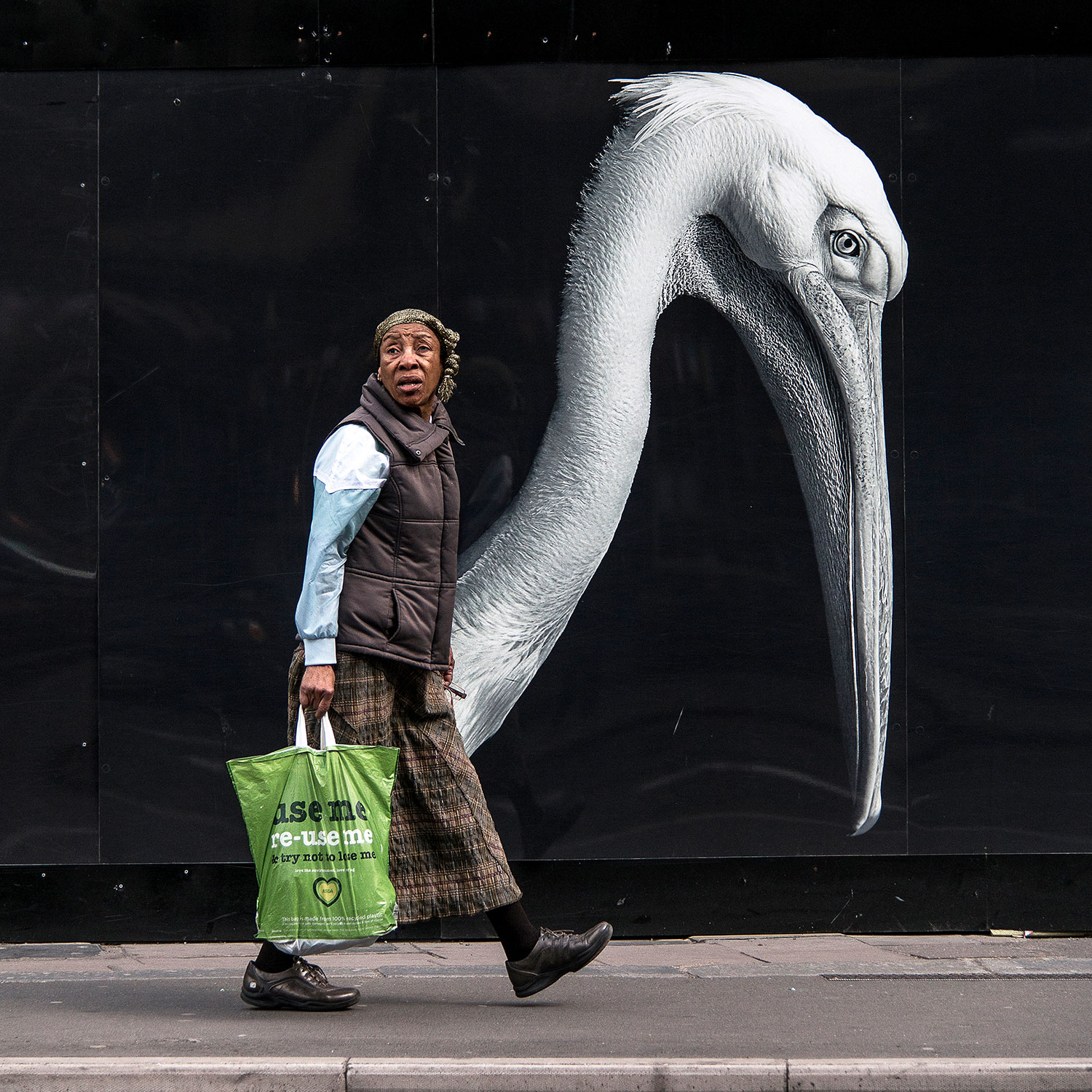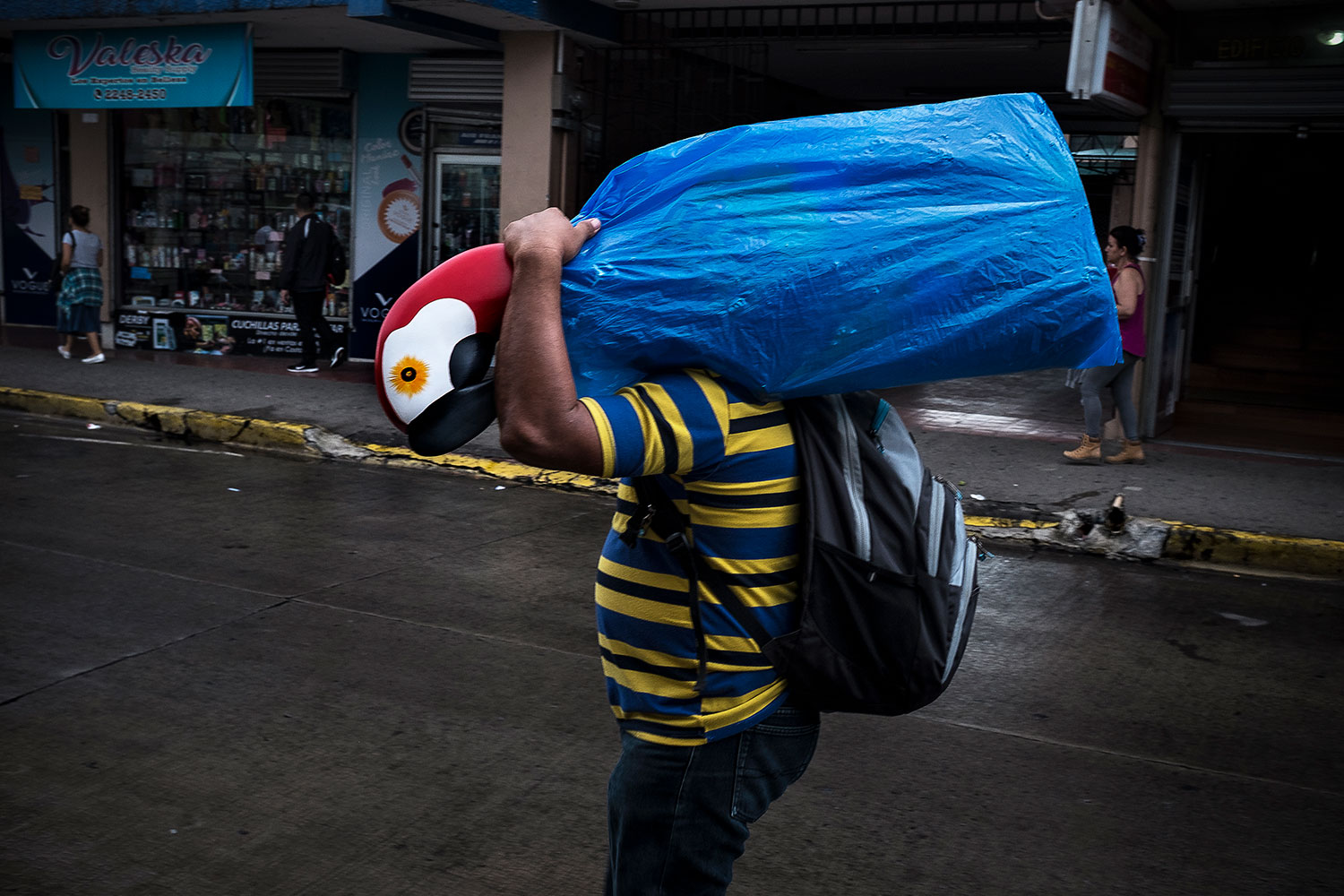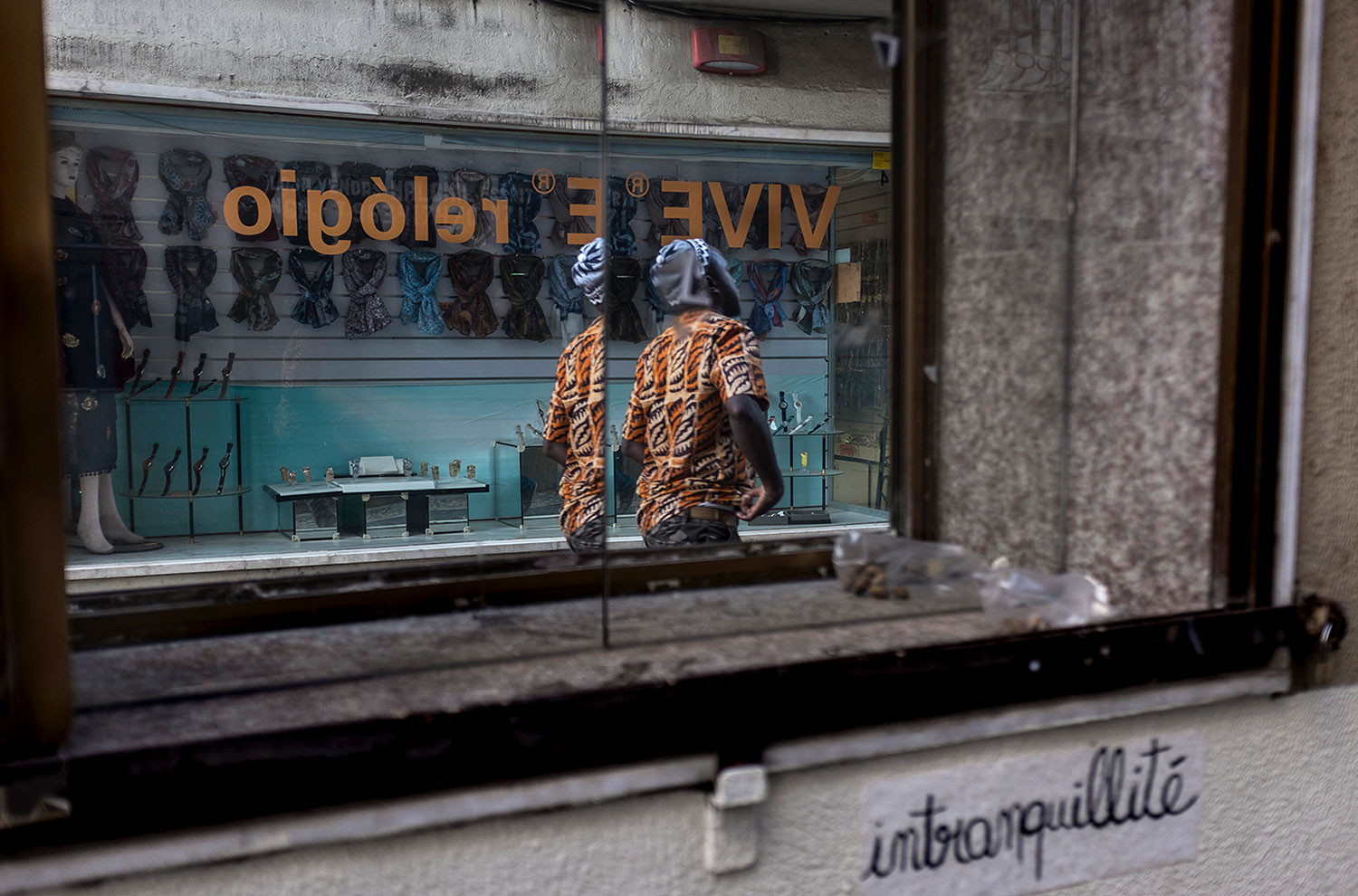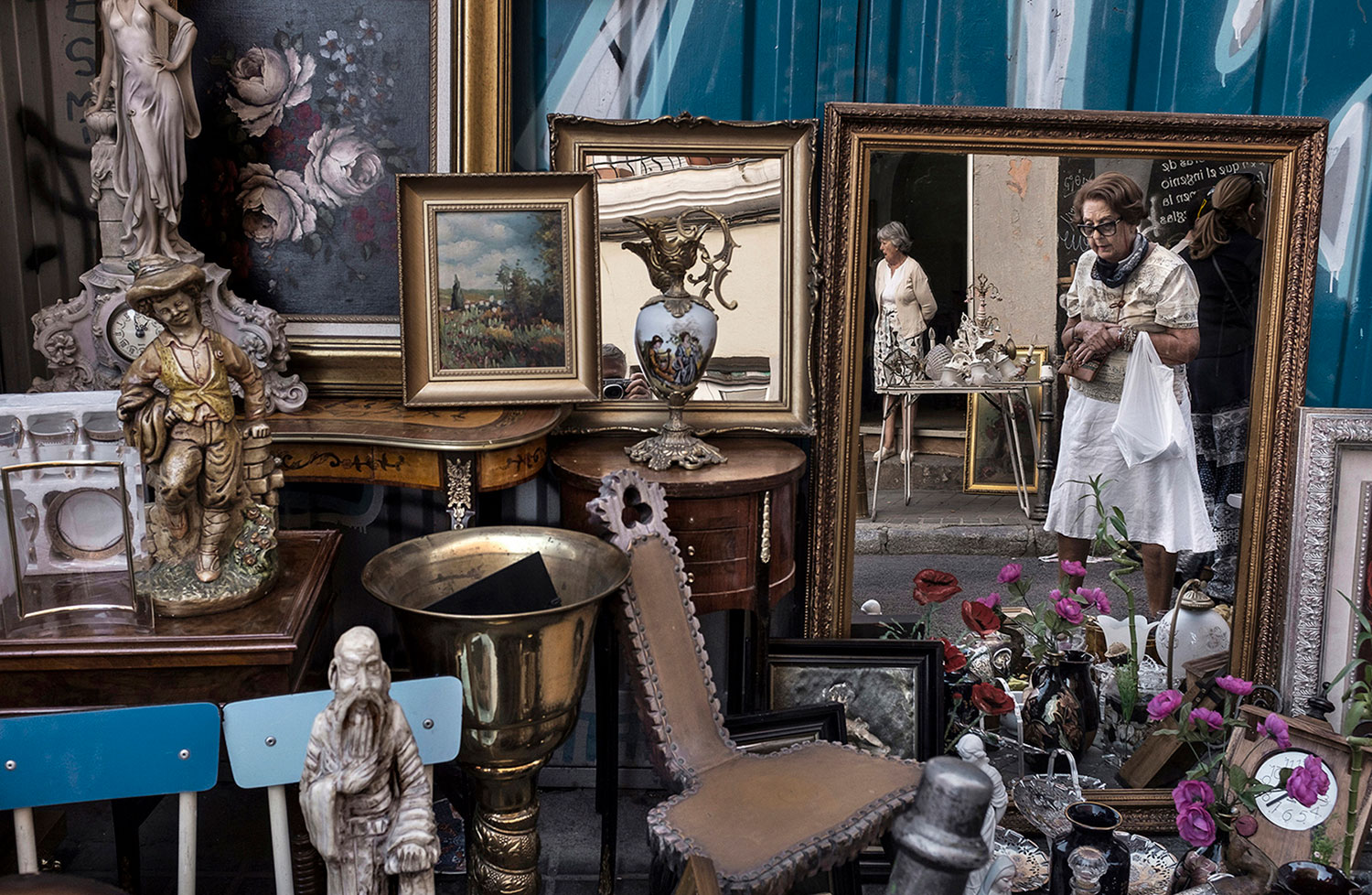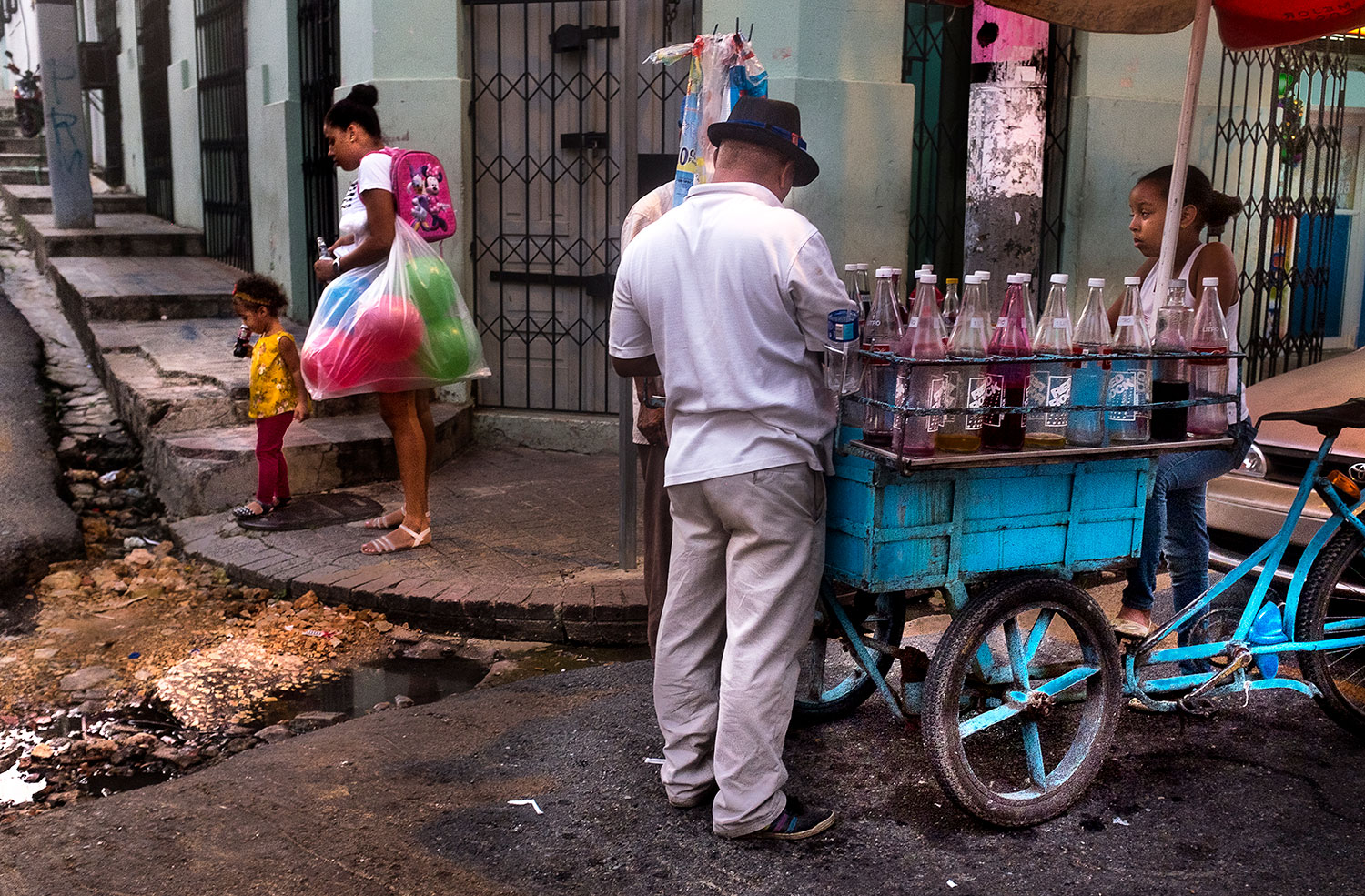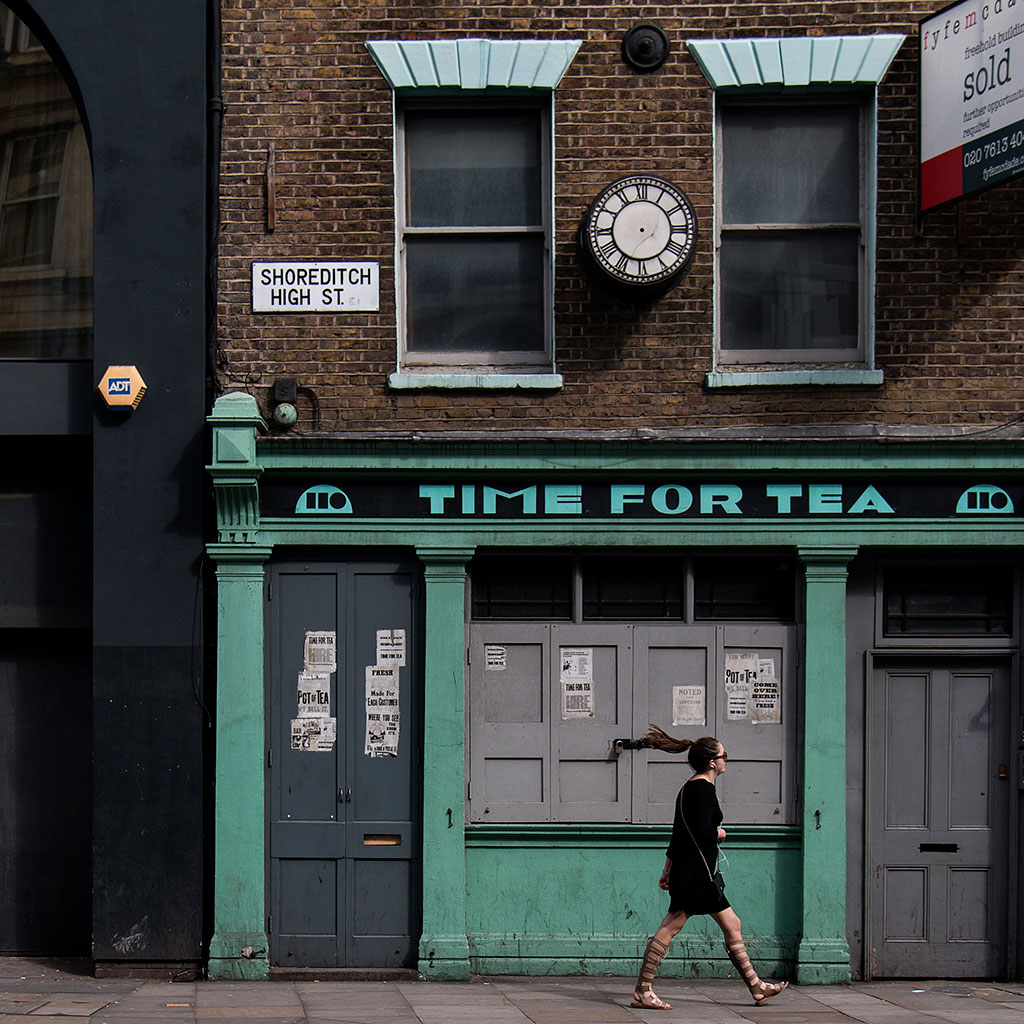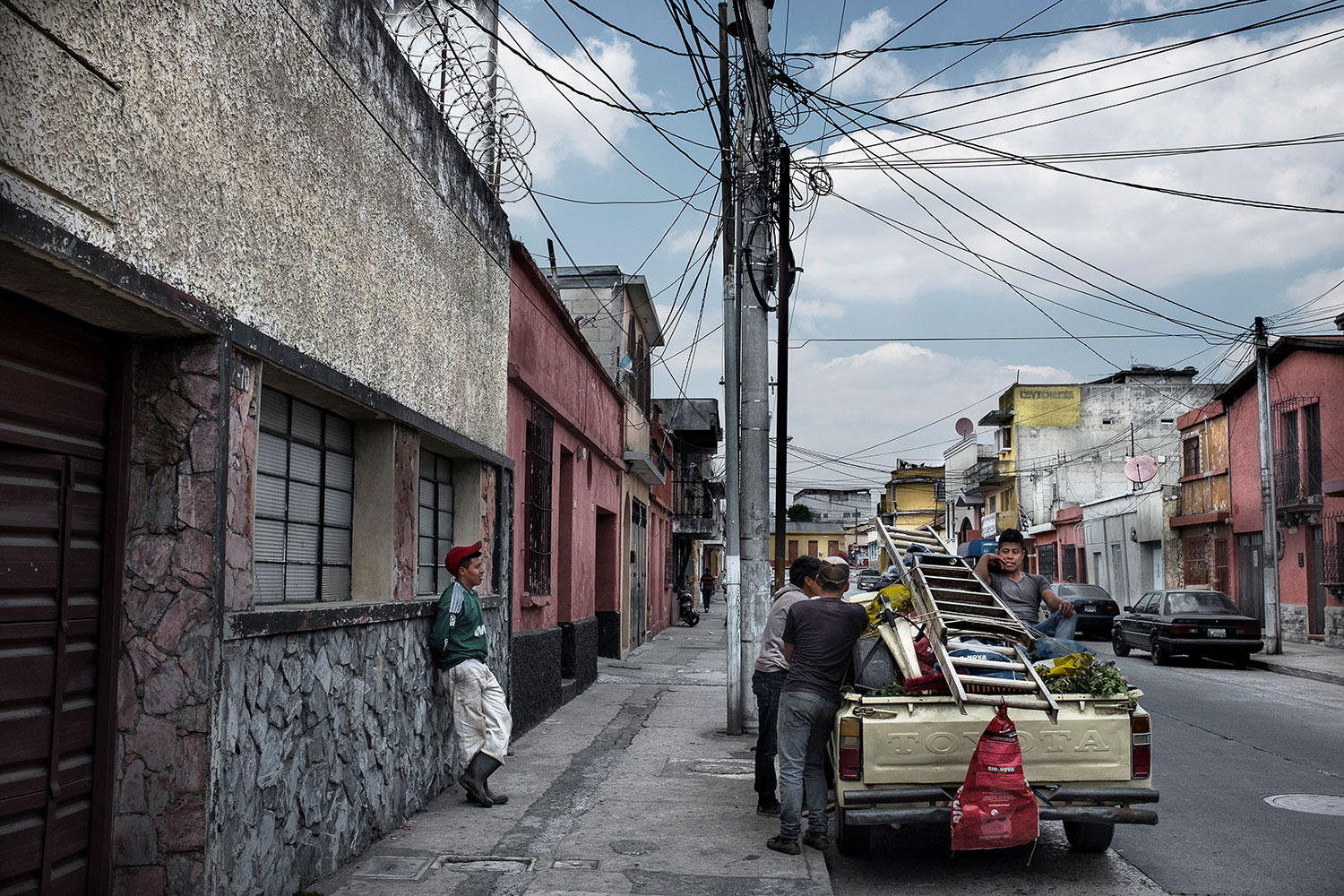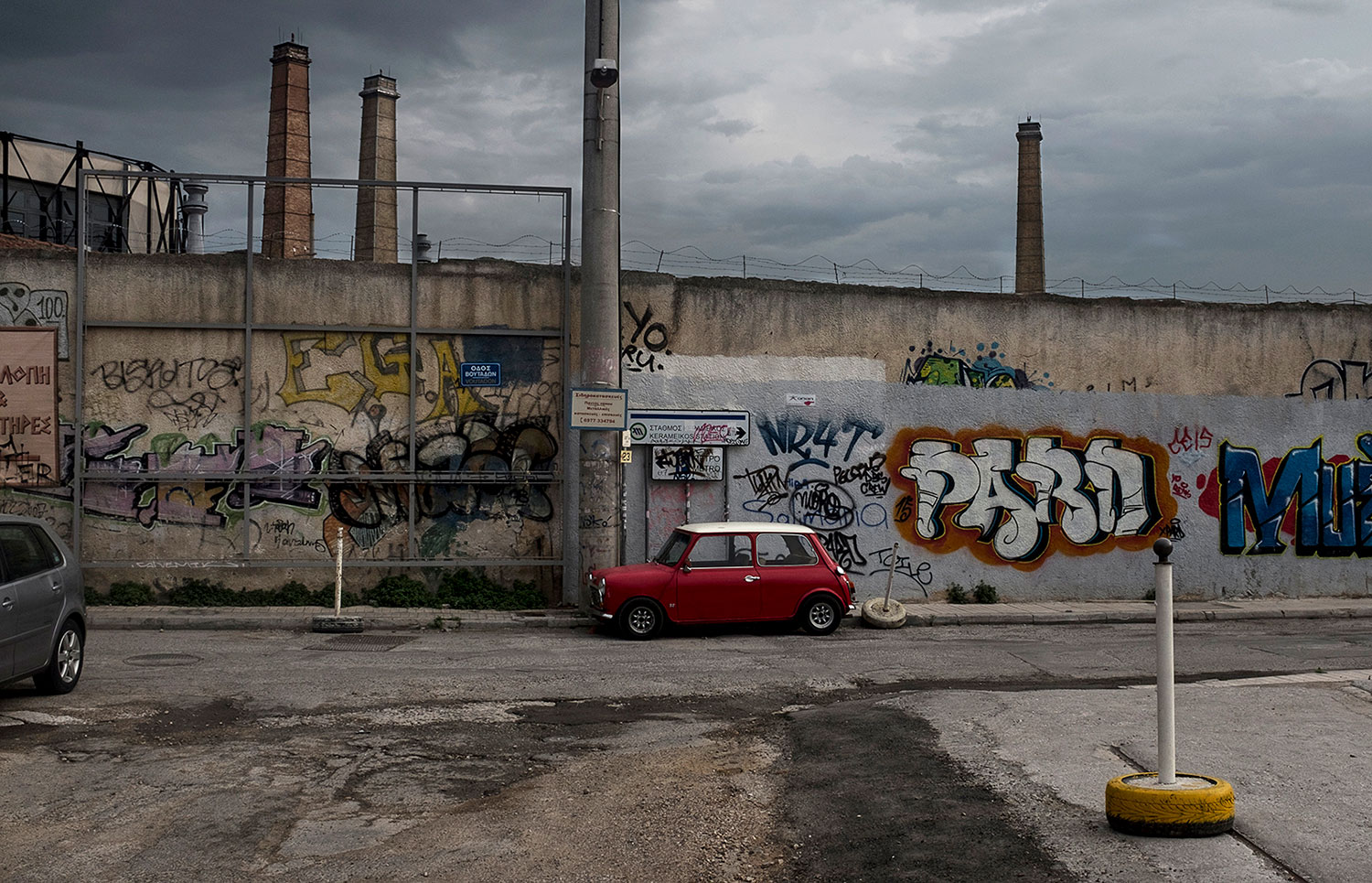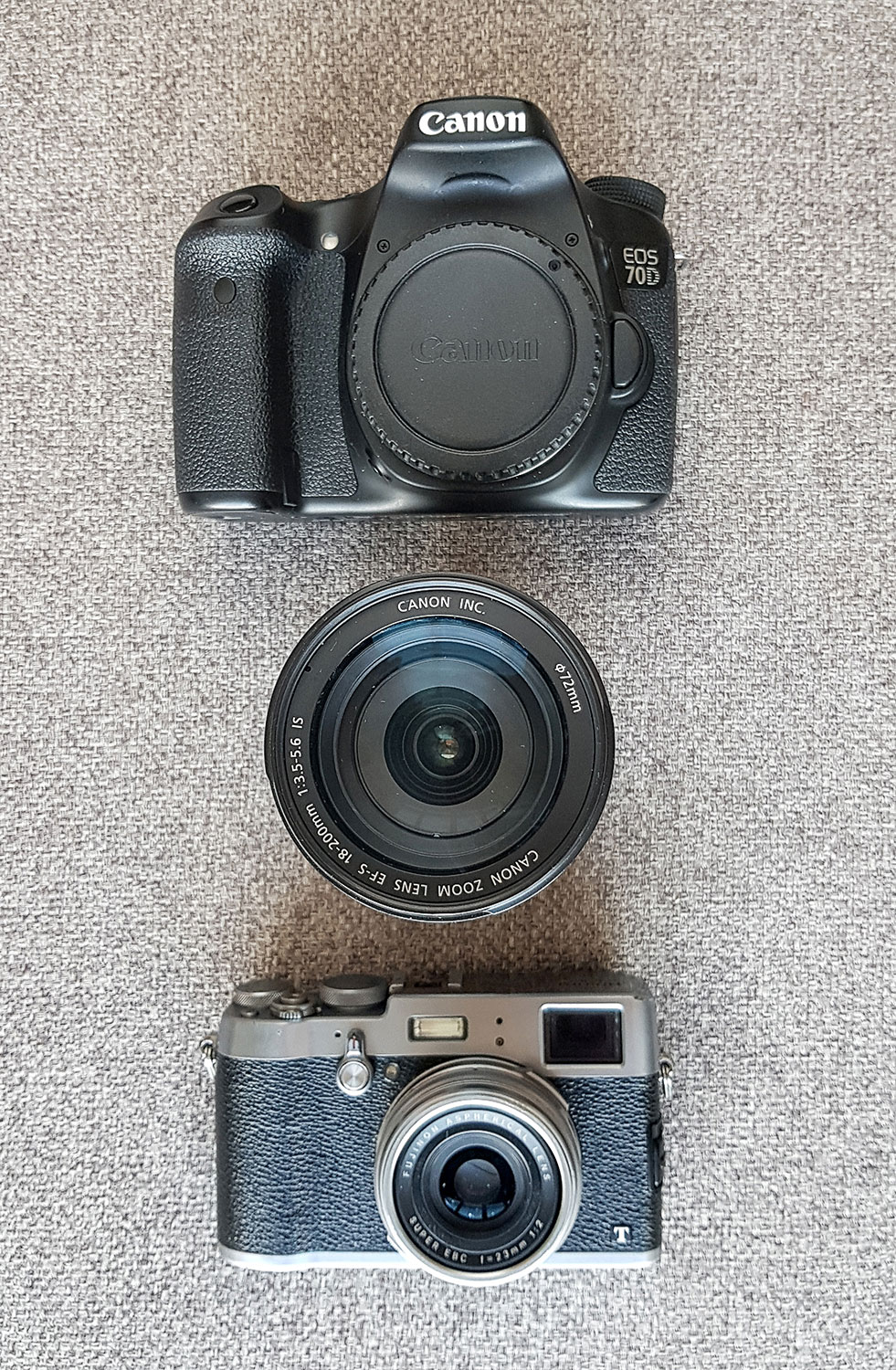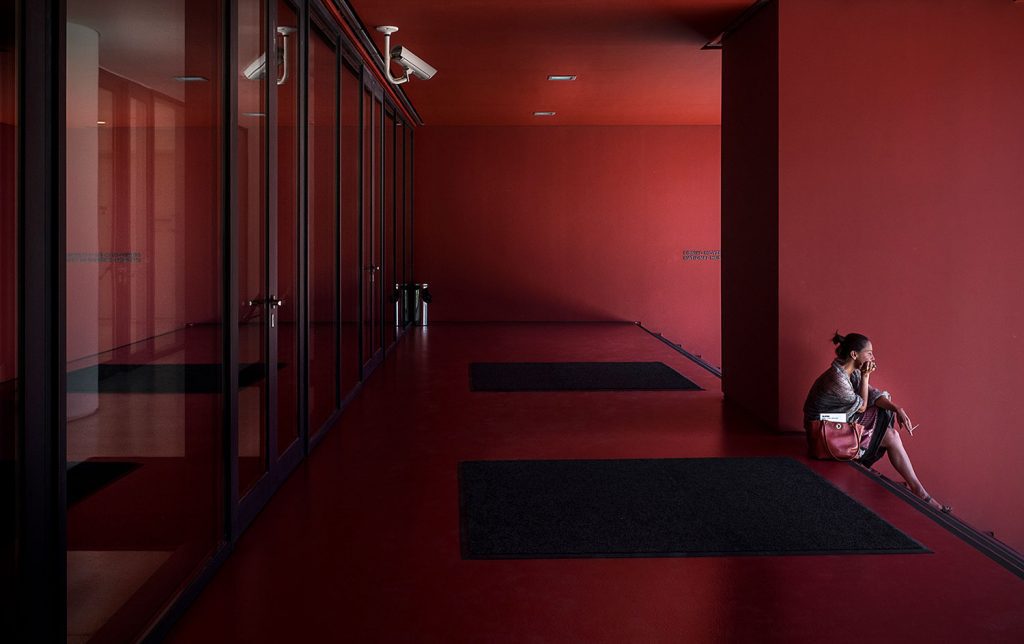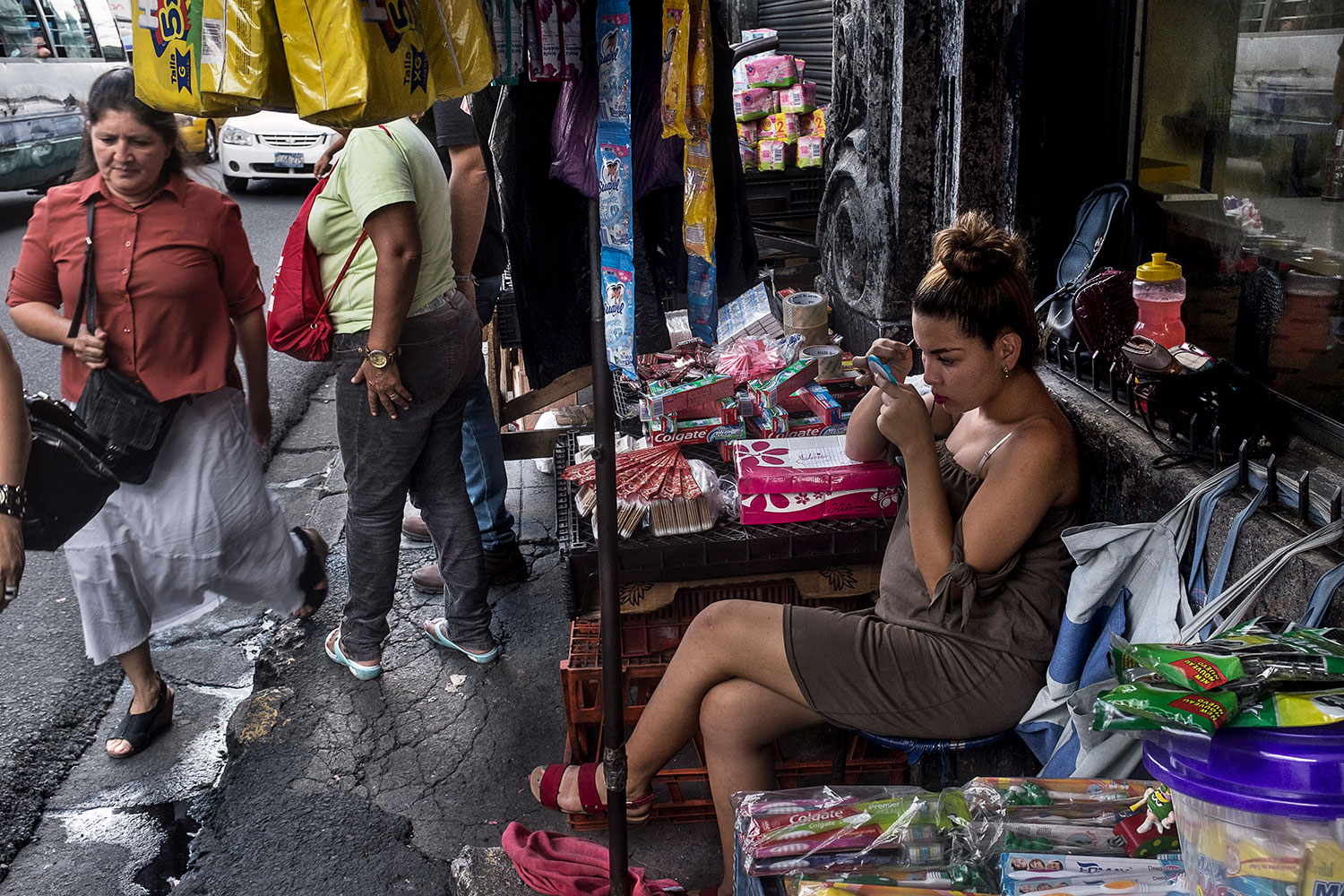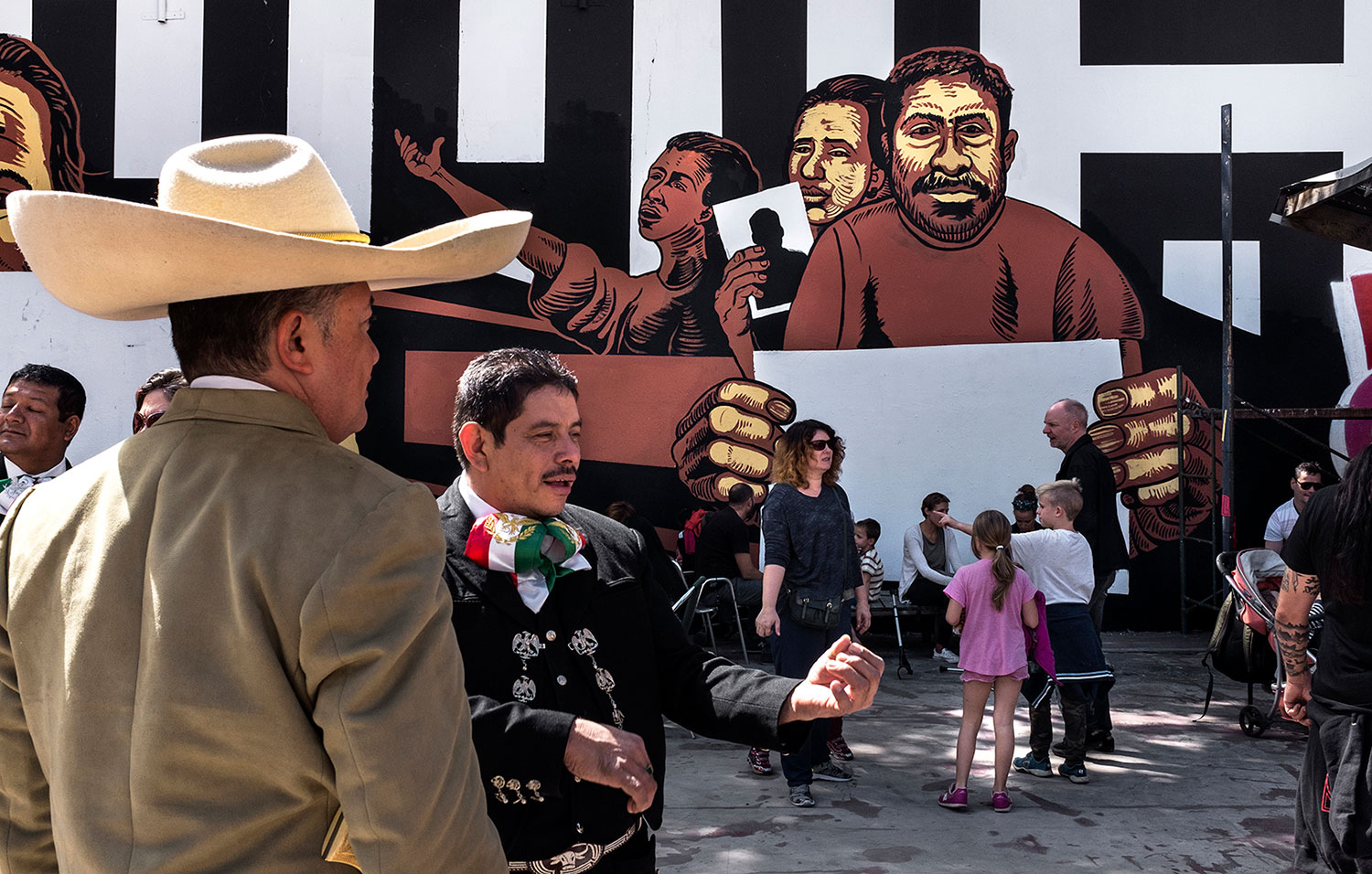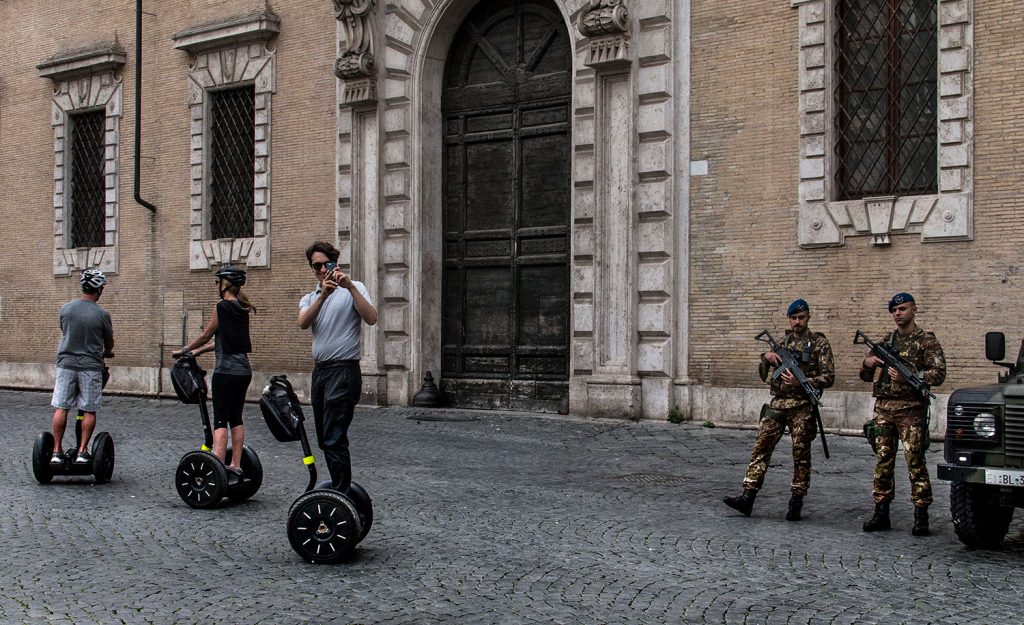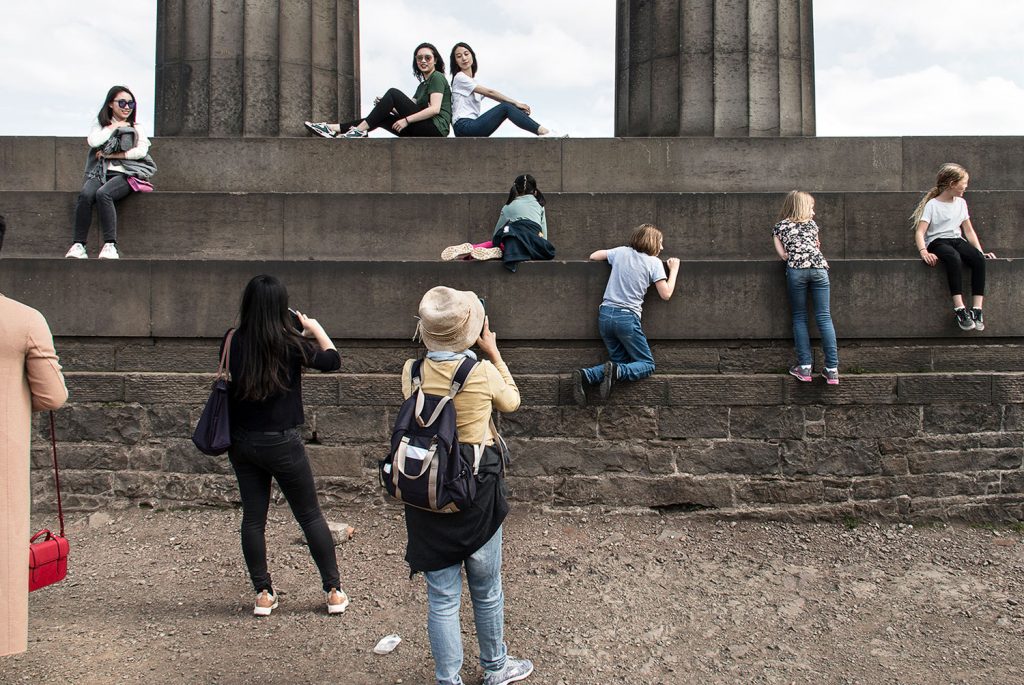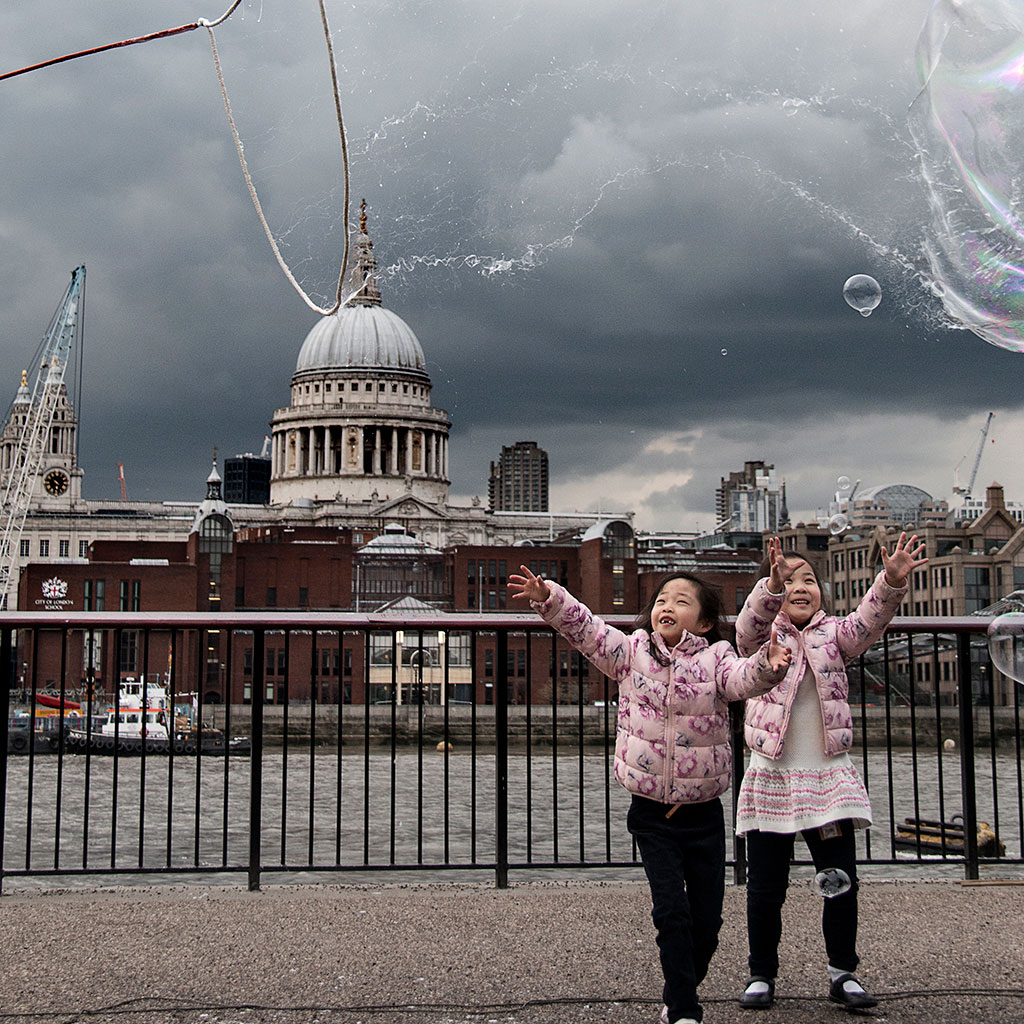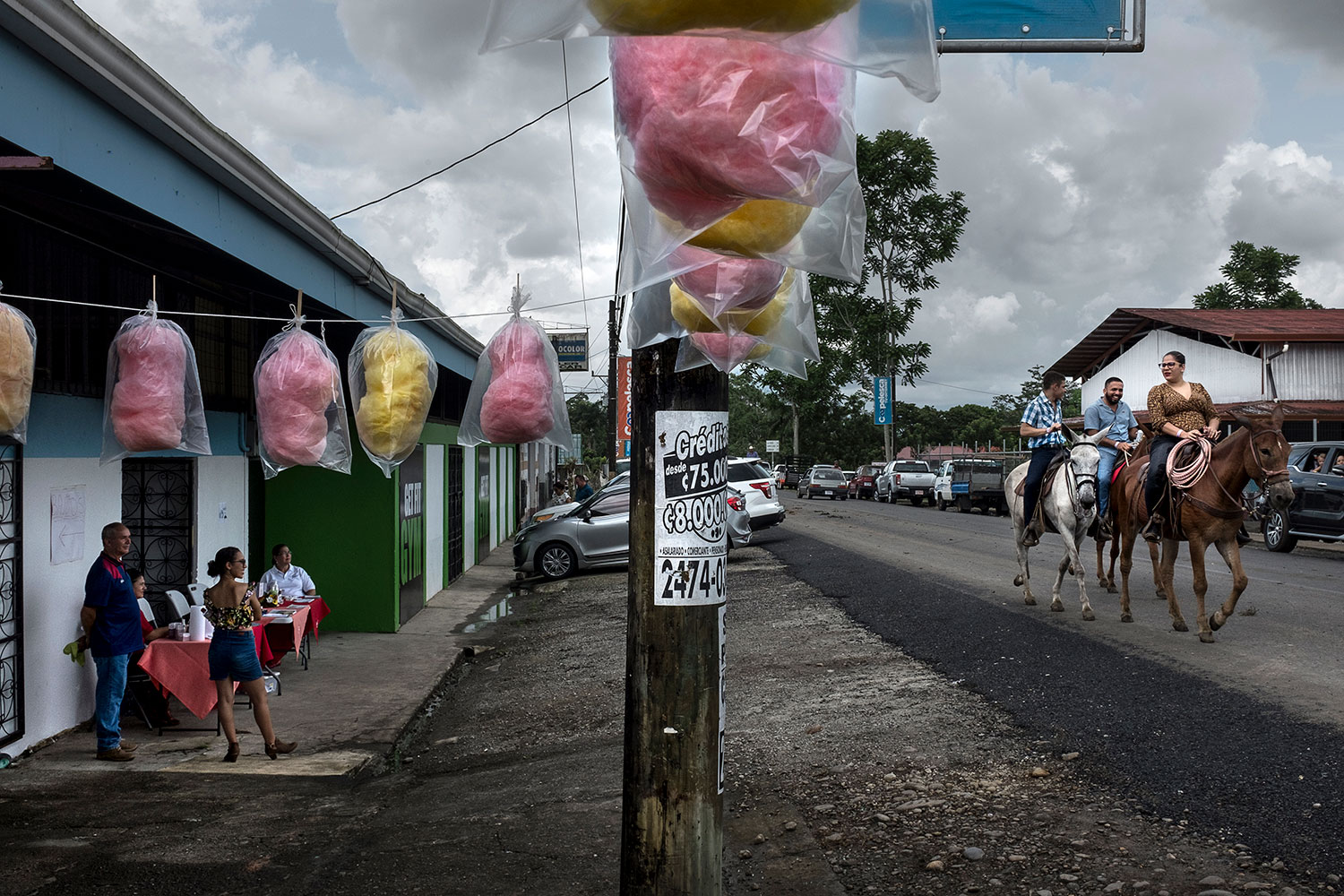People, color and city blues
I started in photography many photos ago.
As a child, I used to love seeing the collection of postcards at home. I took them, ordered them and made competitions between them as if it were the Champions League until there was a winner, which was almost always the same. As my career as a soccer player ended earlier than planned, I enrolled in Audiovisual Communication while I began to participate in some competitions and exhibitions and to read everything that fell into my hands smelling of photography.
The same summer that I graduated in Audiovisual Communication, I started working in a newspaper as a photojournalist, in what I consider to be the best photography school. After 5 years in the newspaper, I started my adventure as a freelance, publishing in other newspapers and printed magazines; It was a time when people even charged for it and you could make a living by publishing photos.
Shortly after I started at the University of Vigo as a photography professor for hours. Needless to say, my parents were finally proud of their son, after years of adventures and sleepless nights. What started out as a new experience became – after more than 20 years on the stage – a true vocation and the salary that gives me food and drink. Bars are also grateful for permanent contracts …
I consider myself a classic photographer, lover of documentary photography, if it is still possible to talk about it. Although over the years I have also practised more conceptual photography, lately the city is the place where I feel most comfortable and where I receive the most stimuli.
I love the lively streets, the vibrant ones and the lonely ones, but above all the authentic ones; I like to treat the city as if it were a great stage where people play the role they have played in this great theatre in the world. In this sense, I usually give the same importance to the background as to the character, although sometimes the setting has so much plasticity in itself that it is not necessary to resort to other elements.
I understand photography as the activity of the fisherman who finds a good fishing ground (the setting) and casts the hook (the wait) for the fish (the characters) to come. Once this happens I prefer to wait for the most opportune moment according to the composition that interests me and I don’t take too many shots. Outside of sports, I have never shot a photo in burst mode: I think it is playing with too much advantage and it distracts you when it comes to visualizing the most appropriate moment for the photo.
When it comes to perspectives, maybe I’m a too squared-off photographer in a Cartesian, frontal type of gaze. I like horizons to be horizontal and buildings vertical, and I don’t usually make too many concessions on that. I love the Klein, Winogrand, Friedlander, Frank and the liberation of photography towards a less corseted image, freed from concepts and forms, but I prefer – at least for the moment – to adopt a more classical style.
Although I am not much in favour of the easy anecdote, I do like to play with the relationships between elements or that the characters interact with the background. I think that in them the personality of each photographer is perfectly transmitted, but sometimes, in street photography, we focus too much on humorous detail and we lose the most documentary part of the photograph. I like humour, acidity and surrealism, but without this becoming the absolute protagonist of the images.
I started photographing in black and white, but soon, colour became my best ally: the greyscale adds a layer of unreality that brings it closer to poetry; it dignifies and elevates the image to a more sublime category from which I prefer to escape. I like to stay with the raw reality and that it is not the absence of colour that adds or suppresses sensations.
They often tell me that my photos convey a certain melancholy or loneliness. I love the feeling of deterioration that very lively cities sometimes produce, abandoned spaces or accentuated textures, but I also like to provoke it by desaturating the colours a bit or keeping a few notes of colour that contrast with a more monochromatic background. But in general, I believe that each image should tell a story and become a true visual story. For this, it is not so much the tool that we use that matters but the gaze of the photographer, capable of constructing their own imaginary and provoking some reaction in the viewer.
Although I have two cameras, the truth is that for the last 3 years I have used almost exclusively a mirrorless one, the Fuji X100T, which incorporates a 23mm fixed focal length, equivalent to the mythical 35mm of full-frame cameras. As I understand street photography, where discretion is an added value, it seems to me an ideal camera for urban photography: small, discreet and silent.
I would love to be invisible when I’m shooting and in a way, this camera gives me this superpower. In addition, it looks like a cheap or amateur camera -which is an advantage when it comes to scaring away potential lovers of other people’s things- and its vintage aesthetic is a good nod to photographers who started with film cameras.
I never had large backpacks or bulky equipment, so this camera perfectly meets my expectations both purely for photography and for “compelling” reasons. Right now, except for a couple of cards and some spare batteries, I don’t usually carry any other photographic accessories. Regarding the settings, I usually give priority to a shutter speed that is not too high to be able to shoot with tighter diaphragms and thus achieve greater depth of field.
After having put photography aside for a few years to dedicate myself to my academic training, in 2016 I went to London for two months to improve my level of English, regain the good feelings with photography that I had a little neglected and open myself to new experiences.
Except for English – which is still an unattainable goal for me – I felt so comfortable in that city so cosmopolitan and full of contrasts, that I soon began to enliven my Instagram account with photographs of its streets. Every day he went out with the camera on an aimless tour.
In a way, it recovered the figure of the French flâneur who, with his hat and his notepad, wandered around the city in an almost unconscious task of assimilation and interpretation of the city. The truth is that I was so amazed by the experience that what began as a personal challenge ended up becoming a photographic project that took me to other European cities, such as Lisbon, Athens, Rome, Madrid, etc.
City Blues is, therefore, a thoughtful and personal look at the European city, away from the stereotypical images that appear in tourist guides and postcards. The exhibition and the catalogue were produced by AECID (Spanish Agency for International Development Cooperation) and it is currently touring the Cultural Centers of Spain in Latin America.
The visit to the capitals where the show has been exhibited has allowed me to expand City Blues to cities such as Tegucigalpa, San Salvador, Guatemala, San José de Costa Rica and Santo Domingo, and thus carry out the Latin American version of this project.
In any case, the important thing is that photography fills our reality with much more intense experiences. Whether or not they are embodied in an exhibition or photobook, taking a camera with us is life insurance, a way to ensure a life much more fun.
Cheers!!
Spanish:
Empecé en la fotografía hace ya muchas fotos.
De pequeño me encantaba ver la colección de postales que había en casa. Las cogía, las ordenaba y hacía competiciones entre ellas como si fuese la Champions League hasta que quedaba una ganadora, que casi siempre era la misma. Como mi carrera como futbolista acabó antes de lo previsto, me matriculé en Comunicación Audiovisual mientras empezaba a participar en algunos concursos y exposiciones y a leer todo aquello que cayese en mis manos con olor a fotografía.
El mismo verano en que me gradué en Comunicación Audiovisual comencé a trabajar en un diario como fotoperiodista, en lo que considero que es la mejor escuela de fotografía. Tras 5 años en el periódico emprendí mi aventura como freelance, publicando en otros diarios y revistas impresas; era una época en que incluso se cobraba por ello y se podía vivir de publicar fotografías.
Al poco tiempo empecé en la Universidad de Vigo como profesor de fotografía por horas. Ni qué decir tiene que al fin mis padres se sintieron orgullosos de su hijo, tras años de aventuras y desvelos. Lo que empezó siendo una experiencia novedosa se fue convirtiendo -después de más de 20 años en la tarima- en una verdadera vocación y en el sueldo que me da de comer y de beber. Los bares también agradecen los contratos fijos…
Me considero un fotógrafo clásico, amante de la fotografía documental, si es que aún se puede hablar de ella. Aunque a lo largo de los años también he practicado fotografía más conceptual, últimamente es la ciudad el lugar donde me siento más cómodo y donde más estímulos recibo. Me encantan las calles vivas, las vibrantes y las solitarias, pero sobre todo las auténticas; me gusta tratar a la ciudad como si fuese un gran escenario donde la gente interpreta el papel que le ha tocado jugar en este gran teatro del mundo. En este sentido, suelo darle la misma importancia al fondo que al personaje, aunque a veces el escenario tiene tanta plasticidad en sí mismo que no es necesario recurrir a otros elementos. Entiendo la fotografía como la actividad del pescador que encuentra un buen caladero (el escenario) y echa el anzuelo (la espera) para que acudan los peces (los personajes). Una vez que esto ocurre prefiero esperar el momento más oportuno según la composición que me interesa y no hago demasiados disparos. Fuera del ámbito deportivo, jamás he disparado una fotografía en modo ráfaga: creo que es jugar con demasiada ventaja y te distrae a la hora de visualizar el momento más adecuado para la foto.
A la hora de las perspectivas, quizá soy un fotógrafo demasiado cuadriculado en un tipo de mirada frontal y cartesiana. Me gusta que los horizontes sean horizontales y los edificios verticales, y no suelo hacer demasiadas concesiones al respecto. Me encantan los Klein, Winogrand, Friedlander, Frank y la liberación de la fotografía hacia una imagen menos encorsetada, liberada de conceptos y formas, pero prefiero –al menos de momento- adoptar un estilo más clásico.
Aunque no soy demasiado partidario de la anécdota fácil, sí que me gusta jugar con las relaciones entre elementos o que los personajes interactúen con el fondo. Pienso que en ellas se transmite perfectamente la personalidad de cada fotógrafo, pero a veces, en la fotografía de calle, nos centramos demasiado en el detalle humorístico y perdemos la parte más documental de la fotografía. Me gustan el humor, la acidez y el surrealismo, pero sin que ello se convierta en el protagonista absoluto de las imágenes.
Empecé fotografiando en blanco y negro pero pronto el color se convirtió en mi mejor aliado: la escala de grises añade una capa de irrealidad que la acerca más a la poesía; dignifica y eleva la imagen a una categoría más sublime de la que prefiero escapar. Me gusta quedarme con la realidad cruda y que no sea la ausencia de color la que añada o suprima sensaciones.
Suelen decirme que mis fotos transmiten cierta melancolía o soledad. Me encanta la sensación de deterioro que a veces producen las ciudades muy vividas, los espacios abandonados o las texturas acentuadas, pero también me gusta provocarlo desaturando un poco los colores o quedándome con unas notas de color que contrastan con un fondo más monocromático. Pero, en general, creo que cada imagen debería contar una historia y constituirse en un auténtico relato visual. Para ello no importa tanto la herramienta que utilicemos sino la mirada del fotógrafo, capaz de construir un imaginario propio y provocar alguna reacción en el espectador.
Aunque tengo dos cámaras, lo cierto es que desde hace 3 años utilizo casi exclusivamente una sin espejo, la Fuji X 100T, que incorpora una focal fija de 23 mm, equivalente al mítico 35 mm de las cámaras full frame. Tal como entiendo la fotografía de calle, donde la discreción es un valor añadido, me parece una cámara ideal para la foto urbana: pequeña, discreta y silenciosa. Me encantaría ser invisible cuando estoy fotografiando y, en cierto modo, esta cámara me proporciona este super poder. Además, parece una máquina barata o de aficionado –lo que es una ventaja a la hora de espantar a posibles amantes de lo ajeno- y su estética vintage es un buen guiño a los fotógrafos que empezamos con las cámaras de carrete. Nunca tuve grandes mochilas ni equipo aparatoso, por lo que esta cámara cumple perfectamente mis expectativas tanto en lo puramente fotográfico como por razones “de peso”. Ahora mismo, salvo un par de tarjetas y unas baterías de repuesto, no suelo llevar ningún otro accesorio fotográfico. Respecto a la configuración, suelo dar prioridad a una velocidad de obturación no demasiado elevada para poder disparar con diafragmas más cerrados y conseguir así mayor profundidad de campo.
Después de haber apartado la fotografía unos cuantos años para dedicarme a mi formación académica, en el año 2016 fui dos meses a Londres para mejorar mi nivel de inglés, recuperar las buenas sensaciones con la fotografía que tenía un poco abandonadas y abrirme a nuevas experiencias. Excepto lo del inglés -que sigue siendo para mí una meta inalcanzable- me sentí tan cómodo en esa ciudad tan cosmopolita y llena de contrastes, que pronto empecé a animar mi cuenta de Instagram con fotografías de sus calles. Cada día salía con la cámara en un recorrido sin rumbo. Recuperaba en cierto modo la figura del flâneur francés que con su sombrero y su bloc de notas deambulaba por la urbe en una labor casi inconsciente de asimilación e interpretación de la ciudad. Lo cierto es que quedé tan maravillado de la experiencia, que aquello que comenzó siendo un reto personal acabó convirtiéndose en un proyecto fotográfico que me llevó a otras ciudades europeas, como Lisboa, Atenas, Roma, Madrid, etc. City Blues es, pues, una mirada reflexiva y personal sobre la ciudad europea, alejada de las imágenes estereotipadas que aparecen en las guías y postales turísticas. La exposición y el catálogo fueron producidos por el AECID (Agencia Española de Cooperación Internacional para el Desarrollo) y está itinerando actualmente por los Centros Culturales de España en latinoamérica. La visita a las capitales donde se ha exhibido la muestra, me ha permitido ampliar City Blues a ciudades como Tegucigalpa, San Salvador, Guatemala, San José de Costa Rica y Santo Domingo, y realizar así la versión latinoamericana de este proyecto.
En cualquier caso, lo importante es que la fotografía llene nuestra realidad de experiencias mucho más intensas. Se plasmen o no en una exposición o fotolibro, llevar a nuestro lado una cámara de fotos es un seguro de vida, un seguro de una vida más divertida.
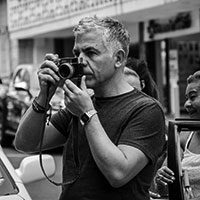
“I was born in Vigo (Spain) in 1967. From the age of 18, my life began to revolve around photography. I graduated in Audiovisual Communication, I worked in a newspaper and I am currently a Photography Teacher at the University of Vigo. During this time I have been showing my personal work in different exhibitions and currently the exhibition CityBlues, the inhabited city is travelling through Latin America through the network of Cultural Centers of Spain.”

